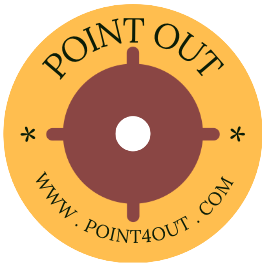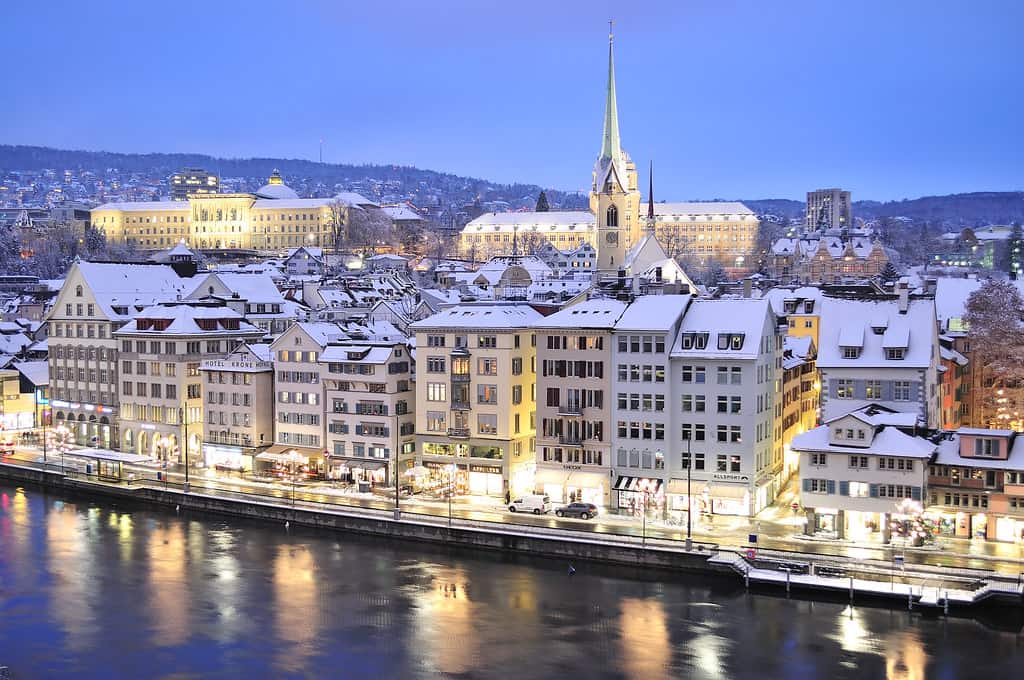
Switzerland
At the intersection of Western, Central, and Southern Europe is the landlocked nation of Switzerland, or the Swiss Confederation. It shares borders with Germany to the north, Austria and Liechtenstein to the east, France to the west, Italy to the south, and Germany to the north.
Switzerland is geographically divided into the Swiss Plateau, the Alps, and the Jura; the Alps occupy the majority of the country’s land, but the Swiss Plateau is home to the country’s largest cities and economic hubs, including Zürich, Geneva, and Basel.
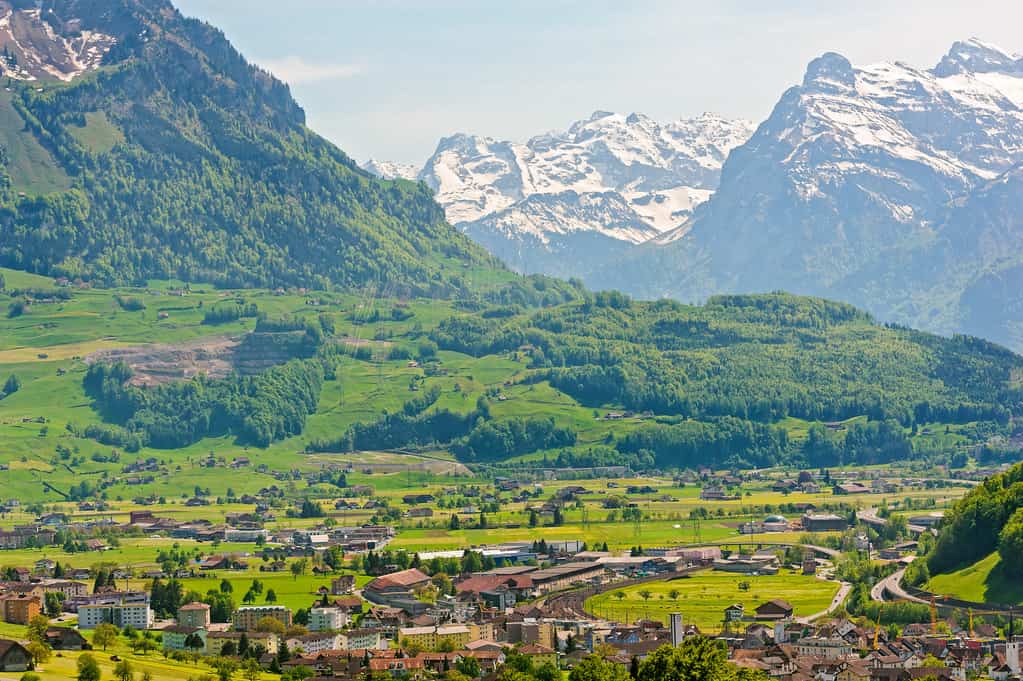
The Federal Charter of 1291 is regarded as the founding document of Switzerland. Switzerland is descended from the Old Swiss Confederacy, which was founded in the Late Middle Ages as a result of several military victories over Austria and Burgundy. In 1648, the Peace of Westphalia formally recognized Switzerland’s independence from the Holy Roman Empire. Since the 16th century, Switzerland has upheld an armed neutrality policy and has not participated in an international conflict since 1815. Although it only joined the UN in 2002, it pursues a proactive foreign policy that frequently involves participation in international peace-building initiatives.
Zürich
The capital of the canton of Zürich is Zürich, which is also Switzerland’s biggest city. It is situated at Lake Zürich’s northwestmost point in north-central Switzerland. The municipality had 443,037 residents as of January 2023; the urban area had 1,315,000,000 (2009); and the Zürich metropolitan area had 1,083,,000,000 (2011). Railway, road, and aviation traffic all converge in Zürich. The largest and busiest airport and train station in Switzerland are both located in Zurich.

Zürich has been continuously inhabited for more than 2,000 years and was established by the Romans under the name Turicum. Although this only demonstrates the presence of humans in the region and not the existence of a town that early, early settlements dating back more than 6,400 years have nevertheless been discovered. Zürich attained the independent and privileged status of imperial immediacy during the Middle Ages, and in 1519, under the direction of Huldrych Zwingli, it became a key hub of the Protestant Reformation in Europe.
Geneva
After Zürich, Geneva is the second-most populous city in Switzerland. It is also the largest city in Romandy, which is the French-speaking region of the country. It is the capital of the Republic and Canton of Geneva and is located in the southwest of the nation where the Rhône empties into Lake Geneva.
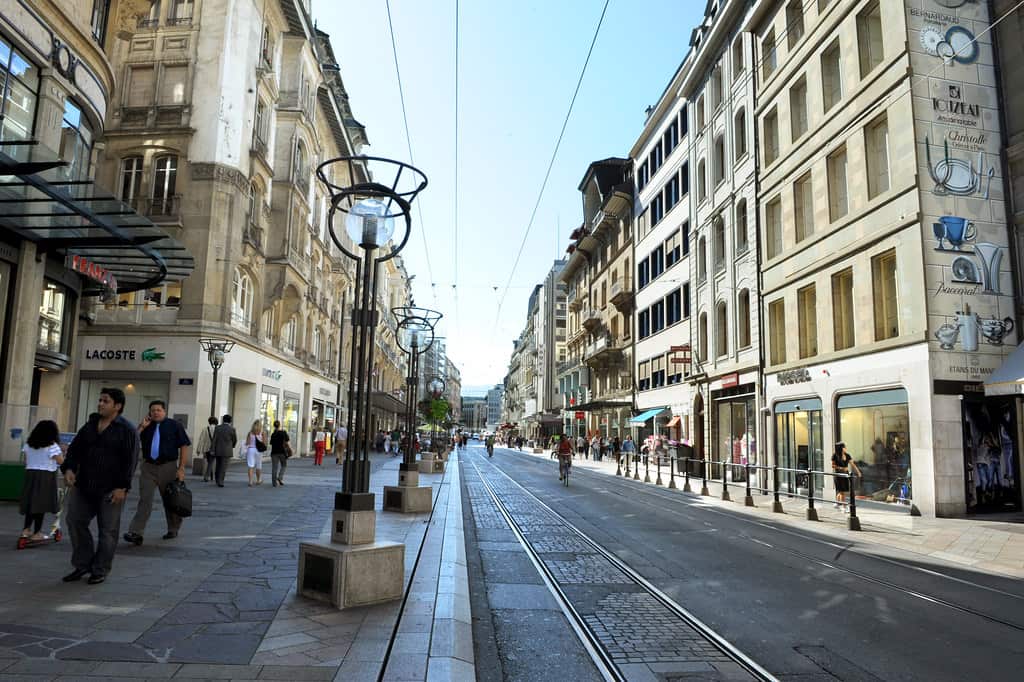
In 2020 (Jan. 1), 203,951 people called Geneva (ville de Genève) home. Estimate) in its small municipal area of 16 km2 (6 sq mi), but the Canton of Geneva (the city and its closest Swiss suburbs and exurbs) had 504,128 people (as of January 2016). The cross-border Geneva metropolitan area, as officially defined by Eurostat, extends over 2,292 km2 (885 sq mi) and has a total area of 246 km2 (95 sq mi) (2020 estimate), and together with the suburbs and exurbs located in the canton of Vaud and in the French departments of Ain and Haute-Savoie, and had a population of 1,044,766 in January. French census and Swiss estimates for 2020.
Zermatt
In the German-speaking region of the Swiss canton of Valais, Zermatt is a municipality. Its German pronunciation is tsmat. According to the Swiss Federal Statistical Office (FSO), it has about 5,800 residents year-round and is categorized as a town.
At an elevation of 1,620 m (5,310 ft), at the base of Switzerland’s highest peaks, it is located at the upper end of Mattertal. It is located roughly 10 km (6.22 mi) from Italy’s Theodul Pass, which is over 3,292 m (10,801 ft) high. The German Sprachraum’s southernmost municipality is Zermatt.
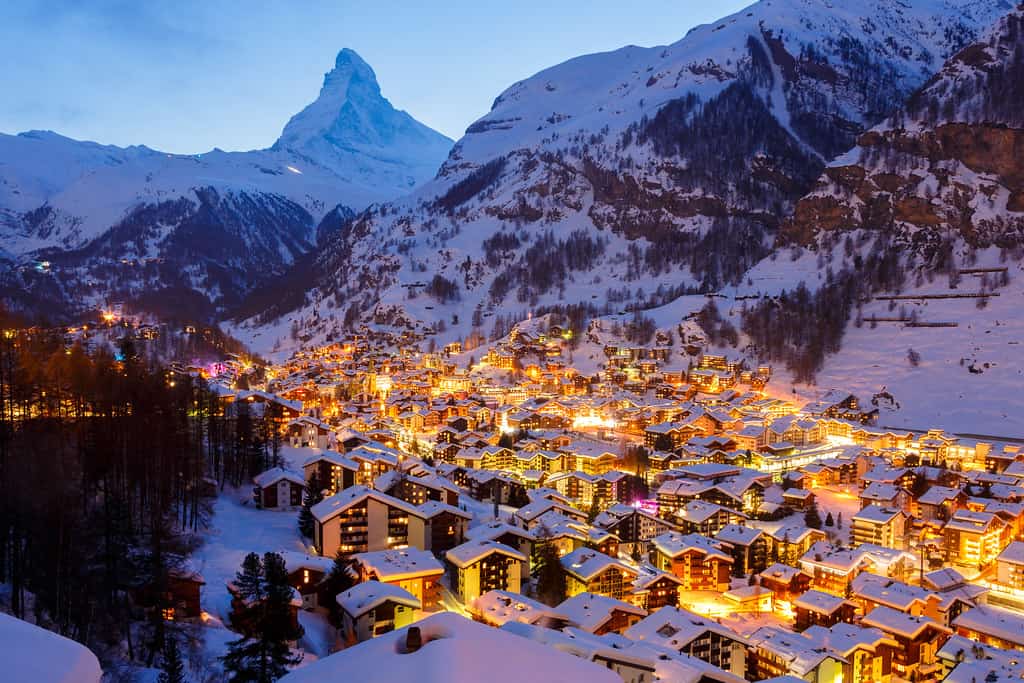
The Swiss Alps’ Zermatt is renowned as a mountaineering and skiing destination. Up until the middle of the 19th century, it was primarily an agricultural community. However, after the first, tragic ascent of the Matterhorn in 1865, there was a rush to explore the mountains surrounding the village, which resulted in the development of numerous tourist attractions. At any given time, Zermatt may have several times as many tourists as its year-round population of 5,820 (as of December 2020).
Lucerne
In the German-speaking region of Switzerland, the city of Luzern (Swiss Standard German: [lutsrn] is located in central Switzerland. The district of the same name includes Lucerne, which is also the capital of the canton of Lucerne. Lucerne, the most populous city in Central Switzerland, has a population of about 82,000 people and serves as a regional hub for commerce, transportation, culture, and the media. An estimated 220,000 people live in the city’s urban area, which is made up of 19 municipalities and towns.
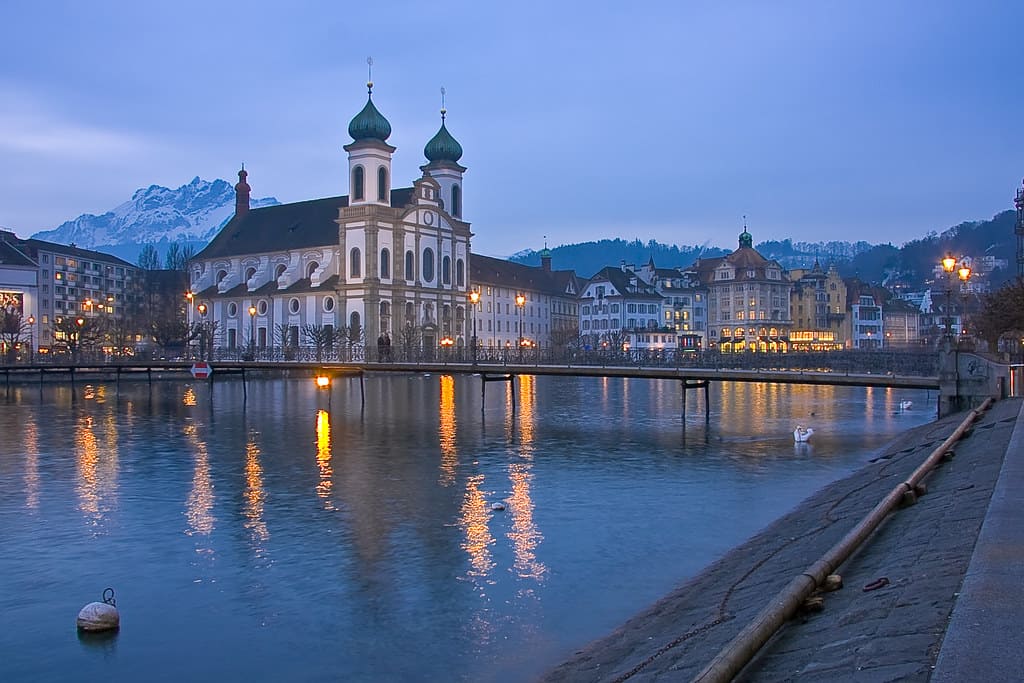
Lucerne has long been a popular tourist destination because of its setting on the Vierwaldstättersee (Lake Lucerne’s German name) and its outflow, the river Reuss, and its proximity to the Swiss Alps’ Mounts Pilatus and Rigi. The Chapel Bridge, a wooden bridge built for the first time in the 14th century, is one of the city’s landmarks.
Recommended: The Kerala Story: An Amazing Upcoming Hindi-language Movie From India
Lucerne’s primary spoken language is Lucerne German, a regional variation of the Alemannic Swiss German dialect. German is the city’s official language.
Basel
Basel, also spelled Basle, is a city in northwest Switzerland on the Rhine, at the intersection of France, Germany, and Switzerland. Its German pronunciation is [bazl] . Basel has 175,000 residents within the city municipality limits and 830,000 people living in the Trinational Eurodistrict of Basel metropolitan area, making it the third most populous city in Switzerland (behind Zürich and Geneva). German (the Swiss version of Standard) is the official language of Basel, but the regional Basel dialect is the primary spoken language.
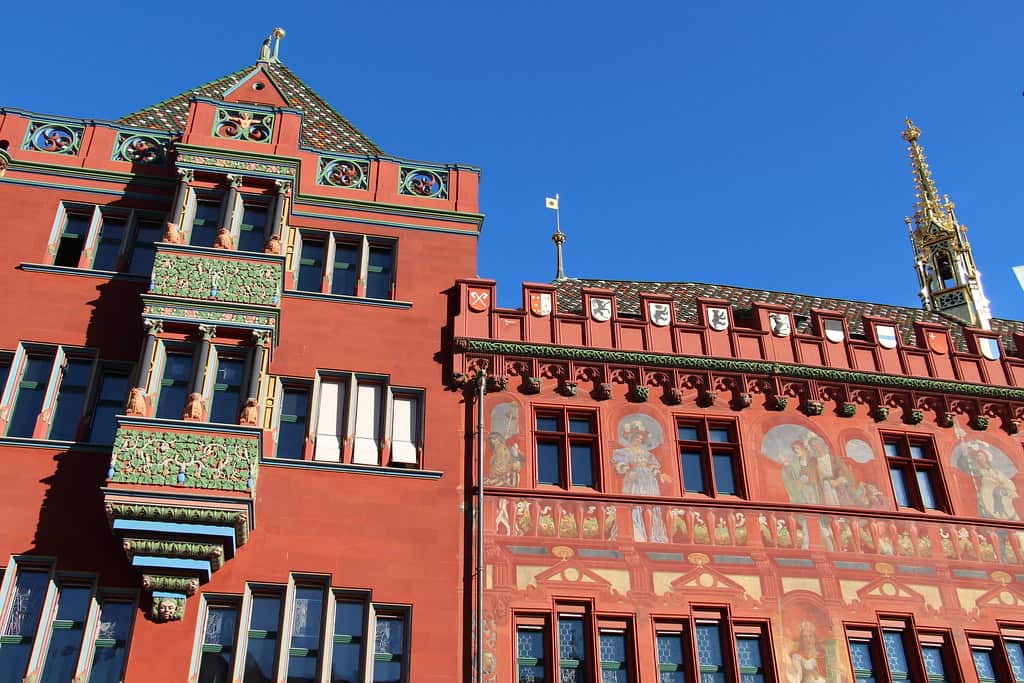
Basel is renowned for its numerous museums, including the Kunstmuseum, the first collection of art open to the public in the world (1661), the largest museum of art in Switzerland, the Fondation Beyeler (located in Riehen), the Museum Tinguely, and the Museum of Contemporary Art, the first public museum of contemporary art in Europe. Basel is regarded as the cultural center of Switzerland. Basel is one of Europe’s largest cultural centers relative to its size and population because of the forty museums that are spread throughout the city-canton.
FAQs: Switzerland: Places In Switzerland To Visit In Summer
Is Switzerland a good place to visit in summer?
With world-class ski resorts and snow-covered layers all over, many think Swiss mean Snow and Snow mean Swiss. Well, no second thought on that. But Swiss is certainly more than that. It is not just a winter destination, but a fantastic summer destination as well.
Is Switzerland expensive in summer?
Switzerland is a year-round destination, so you don’t have to worry about seasonal routes. However, the typical holiday and summer seasons do tend to see higher costs (as with most other destinations).
What is the cheapest month to visit Switzerland?
This season runs from October all the way through March. If you’re travelling during the low season, you can find affordable flight tickets and accommodation. However, skiing resorts and snow activities will be expensive at this time of year!
